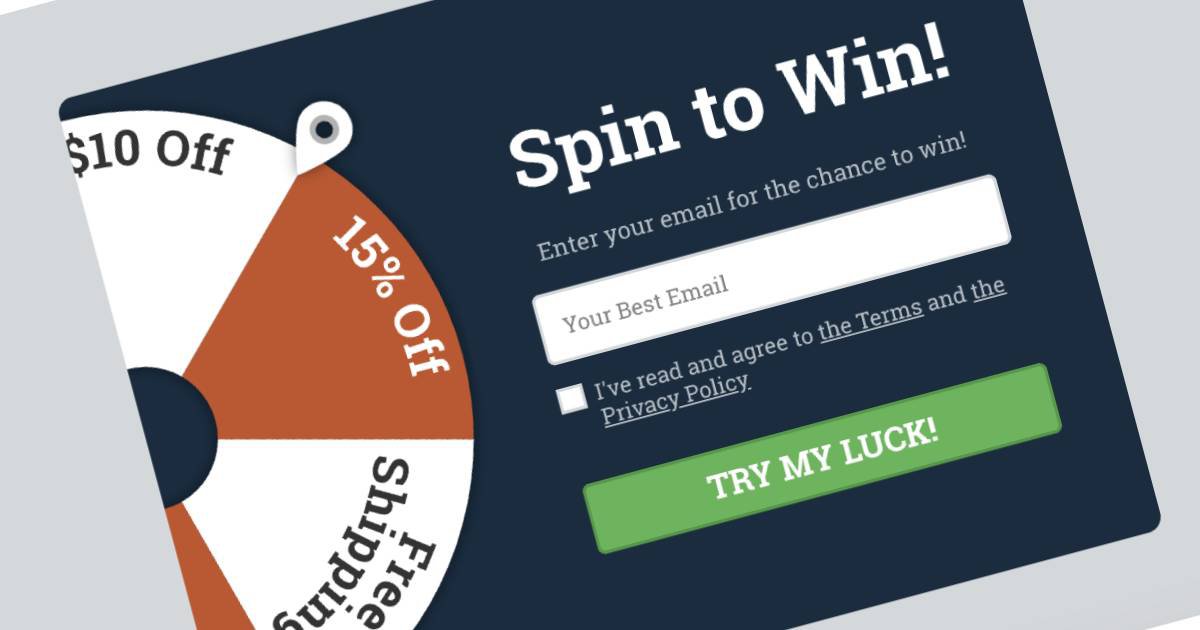Even though growth hacking has been around for a few years now, this tactic still baffles a lot of digital marketers. By definition, growth hacking is the use of cost effective marketing tactics that help grow and maintain an active user base, whilst getting exposure. Growth hacking can involve a few different channels, word of mouth, email marketing… It’s not about the channel used but all about strategy and tactics.
In this article, we’ll go through ten examples of great growth hacking strategies from popular brands. These strategies made them the multi-million dollar businesses they are today.
Although these strategies are not exactly replicable in that scale or for different businesses, they are a good source for inspiration if you want to find out how to hack your company’s growth.
Top Growth Hacking Examples
Dropbox
The cloud storage service Dropbox is worth billions right now. However, when they first started out, they had a very small budget for marketing.
Small budgets force you to get creative. So, Dropbox created a referral system whereby by sharing the product with other users, you as well as the person you shared with get additional benefits. This is how it went: if you referred a new customer to Dropbox, both of you got 250 mb of extra storage space upon signing up.
Also, you could invite as many new users as you wanted. This meant that each new member acquired only cost Dropbox 500 mb of storage space.
To make it easier for users to share Dropbox with their friends, the subscription process used your Facebook or Google account. This allowed users to import the contacts they wanted to share with zero effort.
This system also ensured a very low churn rate. If users could easily get more storage at any time, why would they leave?
PayPal
The online payment giant also used growth hacking techniques to increase their user base.
First, PayPal used a referral system too – they actually paid users to join! For each friend you referred to PayPal, you would get $10 credit on your account – and the friend would also get $10 to start using the app too.
As the company planned, $20 was nothing in comparison to what PayPal could profit from each user. The lifetime value of each user made those $20 a drop in the ocean.
But this is not the only growth hack that PayPal used.
PayPal managed to get a deal with eBay as well. This deal meant that PayPal would show up as a payment option, which got them exposure and credibility. Also, some sellers started accepting PayPal only for payments, which meant that you had to create an account in order to buy from them.
Have you ever heard of product-market fit, or PMF? Product-market fit refers to having a product your users can’t live without – which means that your product fits the market you’re in. There’s demand for something, and you were able to develop a product as a reply to that demand – even before customers realize that demand existed
The product-market fit for Instagram was immediate. Smartphone users were growing in number, and their new phones provided everyone with a very good camera at a low price. Plus, it could be carried around in your pocket.
Users were taking pictures all the time, and they wanted to share their pictures with family and friends. Instagram recognized this need and created an app where you could take pictures and share them with your contacts.
This is not exactly a growth hack, but it is a clever way to take advantage of a specific need in the market that had not been addressed.
When it comes to growth hacking, we should also note that, in the beginning, Instagram shared its app with journalists and tech enthusiasts, in an early influencer marketing move. This gave Instagram the traction needed to get users on it; and the more friends you had on the network, the better your experience was.

Uber
When Uber decided to implement their services in a new city, they focused on current taxi services, their availability and prices. They also analyzed the weather, nightlife and current events.
When evaluating current taxi services, they made sure they understood what issues were associated with hailing a ride in that location: expensive prices, ease of payment and so on.
Uber also relied on referrals for a while (it offered new users $20 for their first rides), but its main growth hack was actually word of mouth. Users enjoyed their experience and wanted to share their opinion with other people.
What’s even more interesting, Uber took advantage of the legal feuds it had to face against taxi companies in order to spread the word about their cheaper, safer and easier service. In this case, it is true what they say: there is no such thing as bad publicity.
YouTube
Much like Instagram, YouTube’s main advantage point was finding a need in a specific market and creating a product or service that fulfilled that need.
In YouTube’s case, the founders realized that a lot of internet users wanted to share videos they recorded, but there was no way to do it online.
This is another case of a great product-market fit: YouTube gave its users a simple way to share videos online, and those videos could be embedded on blogs and other websites. There was a need for internet users to share their videos, and YouTube fulfilled that need. On top of that, it was quite user-friendly.
Before YouTube, uploading videos online implied converting those videos into an internet-friendly format, and it would take ages to upload them. This new network gave users the possibility to share their videos online, in an easy and fast manner.
Slack
Slack is another case in which the product-market fit was highly important. This company did not sell software: they sold their clients efficient communication, more privacy, improved organization, decreasing stress…
As is the case with YouTube and Instagram, Slack found a gap in the business communication market and took advantage of it. Teams across the world needed a solution that brought them together, and Slack jumped at the opportunity.
Also, Slack made sure it grew slowly, releasing the tool for larger and larger groups as time went on. Feedback was and is another growth hack for Slack: their resources are almost entirely focused on fixing bugs and improving the service constantly.
In fact, Slack’s success could be attributed to paying attention to its market and its customers. This is a growth hack that works most of the time, so remember that when developing your strategy!

Tesla
Tesla has always focused on two main tactics for their growth: scarcity and exclusivity. Every car that the company sells is extremely customized to fulfill the needs of that specific customer. When Tesla started out, customers would spread the word about their cars and how amazing they were. Their cars were entirely made to order, which accentuated scarcity and made Tesla’s models even more desirable.
Tesla hasn’t abandoned these strategies, and the company’s growth has been exponential over the years.
It should also be noted that Elon Musk, Tesla’s CEO, is very active on Twitter. He replies to suggestions and complaints directly, which enables transparency. Who would you rather have replying to you than the company’s CEO himself? User feedback is also used to improve Tesla’s new models.
Another strategy to be noted is their referral program. By referring a new customer, you can earn up to $1000 credit for a new car, get access to keynote presentations, and so on.
And most importantly, Tesla does not only sell cars. They sell a lifestyle: their electric cars protect the environment and help fight climate change, which gives their buyers an important role on the good side of history.
Gmail
When Gmail first started, it had a lot more storage than common email services, and a lot of unique features that made it quite desirable.
But the main growth hack by Gmail at the time was creating FOMO (fear of missing out) by offering access only through invitation. This meant you had to get an invitation from a current user in order to be able to use Gmail, which plays on scarcity too. At the time, Gmail was so trendy that some users were selling invites on eBay!
This strategy worked because Gmail’s features were so attractive. Users were willing to wait for an invitation or to even buy one to have access to the service.
Nowadays, Gmail is the most used email provider all over the world. Its ease of access, great interface and large storage for free also helped Gmail grow.

If you work, you most likely have a LinkedIn account. But how did this social network grow to be a staple of a successful career?
It all goes back to when LinkedIn was founded. The network focused on an area they knew well (Silicon Valley) and a sector they were familiar with (tech). Their first sample users were employed to test the concept of business networking online, and it worked.
As LinkedIn expanded their network to other areas and countries, they were able to adapt to different scenarios, growing slowly but steadily. This slow growth prepared LinkedIn for any challenges that arose.
Now, it is easy to get referrals from previous colleagues, employers or clients, to find the right person you need for a new job, or to showcase your talents and accomplishments, online, using LinkedIn.
Netflix
Did you know Netflix has been around ever since 1997? The company started out as a DVD rental company in the late nineties, and then branched out into video streaming. As the name suggests, the shift to online streaming was part of the plan all along.
A main tactic for Netflix was to create two separate businesses: the DVD rental company and the online streaming service. As each business flourished, the profits from one company were used to help fund the other service.
When it came to their streaming offer, they made a bold move by acquiring popular shows that would get them new users. At the same time, Netflix used social media to leverage their influence. Netflix’s social media team is especially active on Twitter, and it uses a fun and cool approach that makes their “personality” shine against competitors.
Wrapping Up
As you can tell by many of these examples, knowing your target audience and your main persona plays a great role in growth hacking. In all these examples, knowing the problem your product solves and who needs it was the foundation of their marketing strategy. Pure advertising is not the only path to success.
Having a strong lead generation process in place is also quite important. That’s where Convertful comes in: with many options of lead generation widgets, you can select the ones that make sense for your business. Try Convertful today for free!
 How to Convert 11% of eCommerce Visitors Using Spin-to-Win Gamification
How to Convert 11% of eCommerce Visitors Using Spin-to-Win Gamification Collecting Email Addresses on Your Website – The Guide
Collecting Email Addresses on Your Website – The Guide